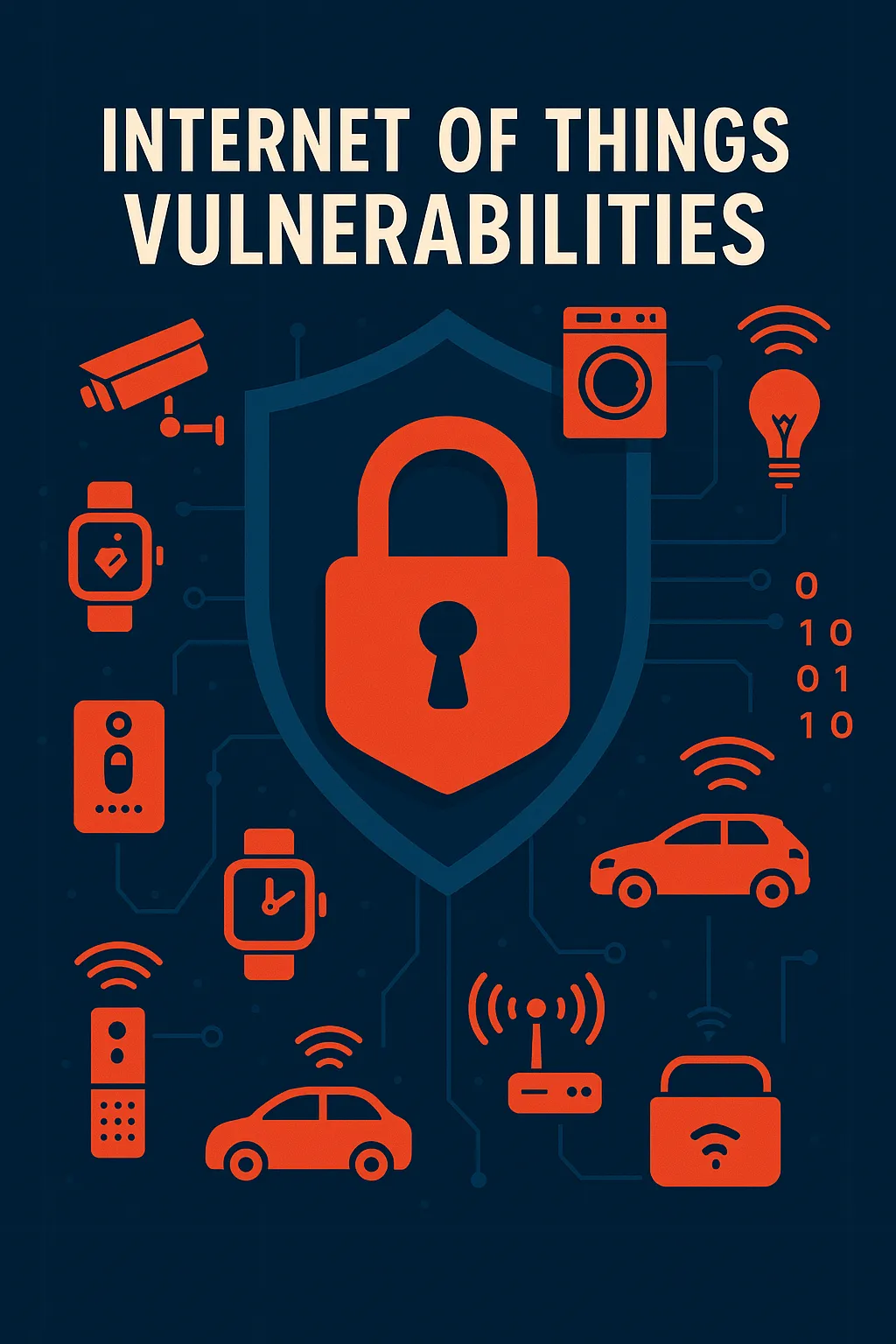The proliferation of Internet of Things (IoT) devices has transformed how we interact with the digital world, but it also poses significant security risks that are increasingly being targeted by cybercriminals. This post explores recent findings on IoT vulnerabilities and provides insights into how we can enhance security measures.
IoT Security Practices Lag Behind Technology Advances
A report from World News discusses how IoT security is critically dependent on implementing good practices, which many developers overlook. Common mistakes like using default username and password combinations are still prevalent, making devices easy targets for attacks.
High Vulnerability Rates
According to a discussion on Packet Storm News, more than half of IoT devices are vulnerable to severe attacks. The insights from Ryan Olson, Vice President of Threat Intelligence for Unit 42 at Palo Alto, highlight an urgent need for comprehensive security strategies that encompass the diverse range of IoT technologies.
Forrester's Top Trends in IoT Security 2024
The Forrester report on IoT security trends underscores the importance of integrated security controls within IoT devices and the risks posed by poor code maintenance. These gaps provide cybercriminals with opportunities to exploit vulnerabilities that have not been addressed promptly.
MQTT Protocol Risks
The SEN.news report on MQTT protocol highlights its widespread use in IoT sub-systems and the significant security implications that arise from its application. Understanding these risks is crucial for security installers and integrators who are part of the IoT ecosystem.
Conclusion
As IoT devices become more ubiquitous, the need for robust cybersecurity measures becomes more critical. Organizations must prioritize the integration of security features during the design phase of IoT products and ensure continuous updates and patches are part of their operational policies. Vigilance and proactive security practices will be key in mitigating IoT threats.
